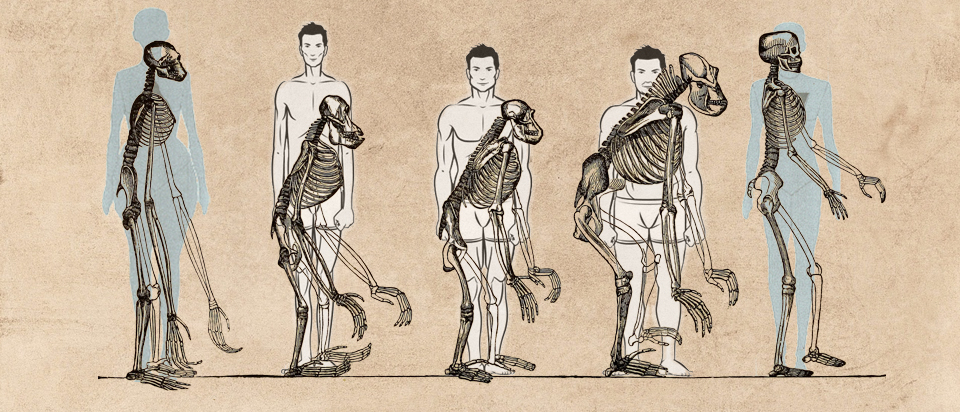While this question seems simple, it turns out there are a lot of complex processes behind your development of a particular body size or shape.
Some biologic aspects are controlled by individual genes. Take for example sickle cell anemia. This red blood cell disorder is caused by inheriting just one abnormal gene from each parent. There is, similarly, just one gene implicated in people having or not having cleft chins.
Body size is not controlled by only one gene, but many, making it hard to predict the size of individuals before they reach adulthood. To further complicate matters, it’s not only genetics that influence body size. Factors like diet, nutrition, climate and health status all change how you grow.
As Manuel Will, an anthropologist and archaeologist with the universities of Cambridge and Tübingen, explained to me: “your genes define a range for the potential body size you might achieve as an adult, and factors duringyour development determine how much you realize of it.”
So how did different ranges of body size develop in the first place? We can look to random genetic mutations, competitive living and environmental influences in early Homo species to explain how such a range of human sizes developed.
It could be that a random mutation made an individual taller-therefore able to reach more food-or the opposite. Taller individuals would likely be more successful, so reproduce more, passing these genes to the next generation, but a certain number of less-successful shorter individuals would still reproduce and pass their genes on.
A trend develops wherein the gene pool contains more “tall genes”, and when you go fishing in it, you’re more likely to catch a tall person. There is still a range of heights available to catch, but the pool is overstocked with tall. But, gene pools are often destroyed, subdivided, reduced or impacted by natural events.
Famines, earthquakes or floods can cause population bottlenecks. This means that the gene pool is reduced to include only those who survived the disaster. It could be that every tall individual was killed, so that the tall trait goes extinct in future generations.
Since gene pools only exist between breeding populations, if a few of individuals left the main group to establish their own population, they are also establishing their own gene pool. Within this new pool though, certain genes can be over represented (maybe most of the new pool’s founders happened to be short). This is called a founder effect.
As humans began to migrate around and out of Africa, founder effects and population bottlenecks would have occurred frequently. Combine these genetic effects (nature) with the environmental effects (nurture) different groups of humans would experience as they moved around, like fires or plagues, and you can see why the world has so many different types of bodies.
So, there isn’t really a hard-and-fast rule for body sizes based on genetics, since location, nutrition and other factors play such a role. But, we can pick out some general trends. Individuals from colder environments tend to have shorter limbs and larger body sizes, while those from warmer climates are taller and thinner. Those from richer countries tend to be taller than those from poorer ones.
While it may seem universally beneficial to be a larger human, there are some drawbacks. Larger bodies take longer to grow and require more resources. They’re more likely to experience joint pain, and generally put more strain on their internal organs.
As modern humans continue living in an economically successful and stable countries their nutrition and health improve, allowing them to grow larger. There will always be variation in a population (some people shorter than average, some taller) but we can expect a general increase in average heights and body sizes of Canadians as time goes on.
Want to engage with this content? Comment on this on our Facebook page!







